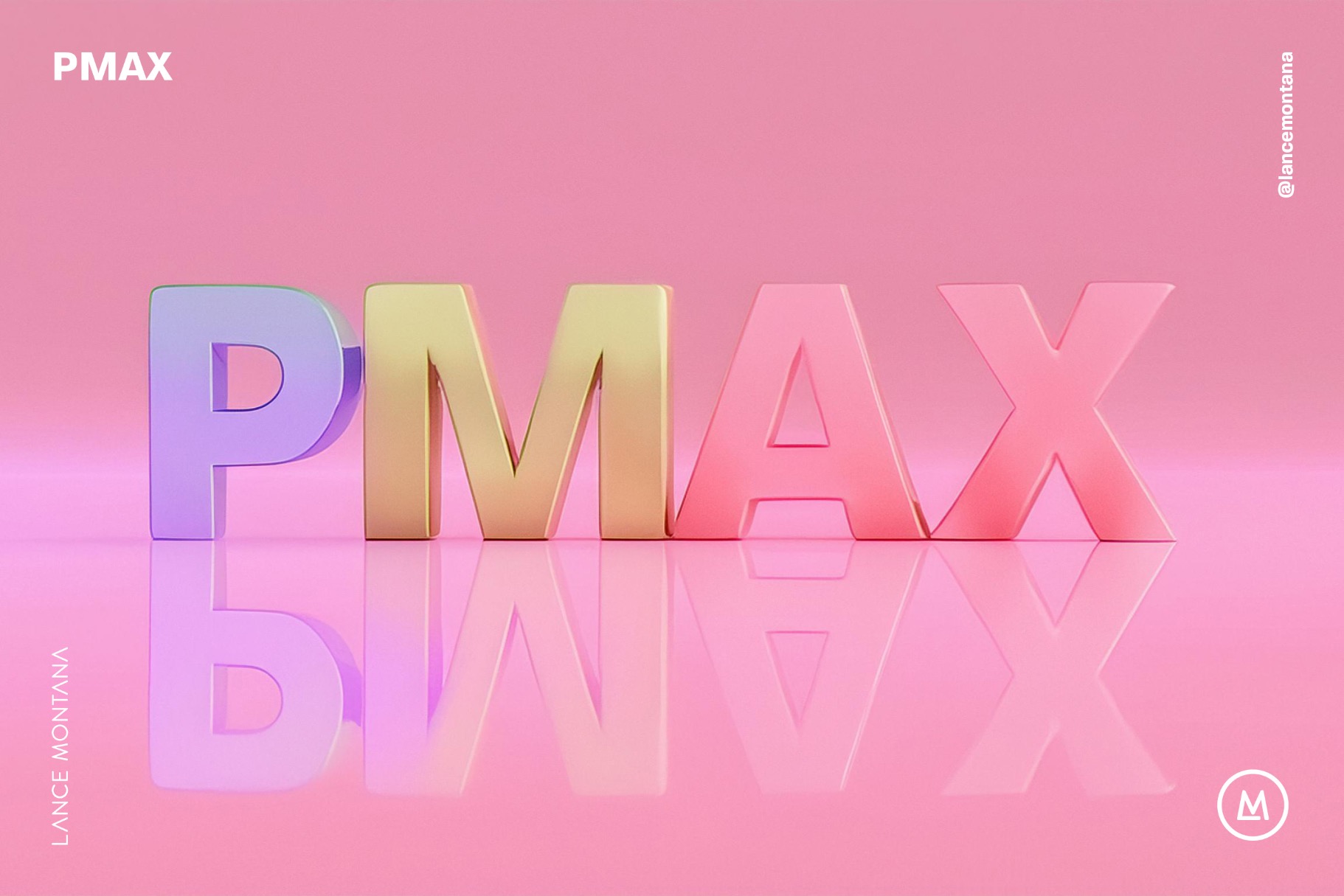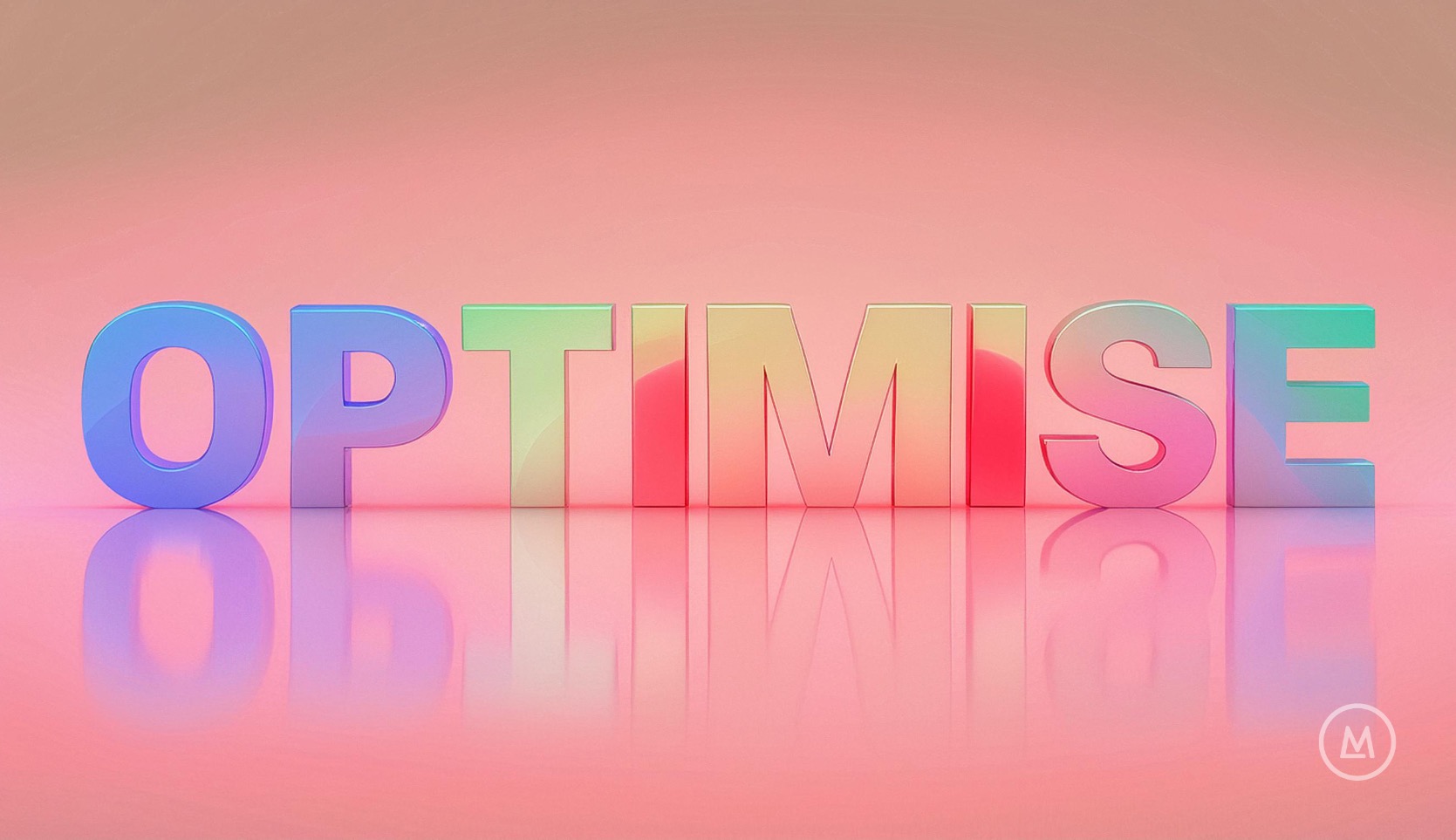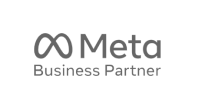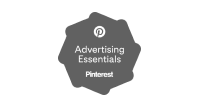Is Performance Max Right for You? Key Considerations
Performance Max campaigns offer a powerful suite of benefits, but before diving in, it’s crucial to assess if they align with your specific advertising goals and business model. Here are some key considerations to help you make an informed decision:
Budget
PMax campaigns are generally said to perform best with larger budgets, but don’t let this stop you. Google recommends a minimum ad spend of over $1000 per month to ensure the machine learning algorithms have enough data to optimise effectively, but our data indicates that budgets as small as $450 per month are performing incredibly well – especially if you’ve previously used Google Ads in any form. If your advertising budget is more limited than that, you might see better results with Search Ads, but we think anyone who’s contemplating Display Ads should be trying out PMax instead!
Conversion Volume
PMax thrives on historical data. Ideally, you should be generating a minimum of 20-50 conversions per month from your existing campaigns before considering implementing a PMax campaign. This data provides the foundation for the machine learning algorithms to learn and improve your ad performance over time. With lower conversion volumes, PMax might struggle to deliver optimal results. If you have fewer than 20 conversions a month, we recommend consolidating your existing campaigns.
Campaign Goals
While PMax can be optimised for various goals like website traffic, lead generation, or sales, we find it works best with clear conversion-focused objectives. If your primary goal is brand awareness or app downloads, other campaign types might be better suited.
Control vs. Automation
PMax excels at automation, taking care of ad placement and targeting across various channels. However, this automation comes at the cost of some control. If you require granular control over every aspect of your campaigns, PMax might not be the ideal choice.
Reporting and Measurement
PMax reporting currently has limitations compared to traditional campaign types. While you can track key metrics like conversions and cost-per-acquisition (CPA), granular details like placement breakdowns or landing page reports might be limited. Consider utilising Google Analytics in conjunction with PMax to gain a more comprehensive understanding of user behaviour.
Account Structure
For optimal performance, Google recommends structuring your PMax campaigns with multiple campaigns focusing on specific product categories or goals. This allows for more tailored targeting and budget allocation.
Comparison of Ad Types
FeatureSearch AdsShopping AdsPerformance MaxTargetingKeywords related to user intentUser browsing behaviour & product interests.Entire Google Network (Search, Display, YouTube, etc.)OptimisationClicks & conversions based on keywords & landing pages.Clicks & conversions based on product info & performance data.Automated optimisation across channels & assets.Use CasesTargeted traffic for immediate purchase/lead generation.Promote specific products & drive sales.Conversions across customer journey (awareness to purchase).ControlHigh level of control over keywords, bids & landing pages.Moderate control over product feed & bids.Less control, relies on machine learning for targeting & optimisation.Best forClear conversion goals & defined target audience.Product promotion & driving sales.Reaching wider audience & driving conversions across multiple touchpoints.
How To Optimise Your Performance Max Campaigns
Having explored the advantages and considerations surrounding PMax campaigns, let’s dive into some best practices to maximise their effectiveness:
Asset Groups
You can build up to 100 asset groups per campaign with Google Performance Max. You can use each asset group to target different products or different customer segments, depending on your needs. In our experience, dedicating asset groups to products has worked best, however we’ve also included an example further down for customer segments.
High-Quality Assets
PMax relies heavily on the assets you provide, including images, videos, headlines, and descriptions. We recommend that you invest some time in creating compelling and informative assets that showcase your products or services in the best light. Below is a list of all the assets that you can utilise for your PMax campaign.
- Final URL
- Calls
- Products
- Images (20 Max.)
- Logos (5 Max.)
- Video (5 Max.)
- Headlines (15 Max.)
- Long Headlines (5 Max.)
- Descriptions (5 Max.)
- Business Name
- Sitelinks
- CTA – automatically generated
- Signals – Search Themes (25 Max.)
- Audience Signal – First-Party Data
Tip: While Google’s AI tools are consistently improving, we recommend using your own videos instead of relying on low-quality, automated videos that may not align with your branding.
Once the campaign is underway, Google will automatically assign scores to each of your assets to indicate their performance. This is so that you can rotate out worse-performing assets to experiment with newer ones.
Final URL Expansion
Final URL Expansions allow you to add individual product or landing page URLs to your PMax campaign.There are three settings for Final URL Expansion with differing level of control for the advertiser:
- URL expansion ON, no exclusions
- URL expansion ON, with exclusions
- URL expansion OFF
To make life easier for businesses, we recommend experimenting with exclusions to remove non-commercial pages and ensure more granular control over your campaign. This also makes evaluating campaign performance easier at reporting time.
Audience Signals
Audience signals are a new, powerful feature that Google introduced with PMax campaigns. You can think of these signals as hints to guide the algorithm. Once your campaign is launched, Google will leverage AI-driven real-time data to identify new customers that are most likely to convert, but to start it off Google relies on audience signals to point your PMax campaign in the right direction. Audience signals can include:
- Customer segments
- Remarketing lists
- Demographic information

Audience Signals For A Local Gym
Customer SegmentAwareness StageConsideration StageBrand Maintenance StageAudience SignalsInterests in “weight loss,” “fitness,” or “healthy living.”Include website visitors who browsed the gym’s website but didn’t convert (website retargeting).Include a broader audience who might already be familiar with the gym’s name or location (geographic targeting).Asset Group FocusHighlight the gym’s amenities, group fitness classes, and overall benefits of exercise.Showcase free trial offers, introductory classes, or testimonials from existing members.Feature the gym’s brand story, community atmosphere, or special promotions.GoalSpark interest and encourage users to learn more about the gym.Nurture interest and convince users to visit the gym or sign up for a membership.Maintain brand awareness and potentially attract new members who recognise the gym’s name.
This multi-layered approach ensures your ad reaches users at different points in their decision-making process.
Customer Acquisition
Customer acquisition allows you to optimise the campaign for acquiring new customers. Advertisers have the option to bid higher for new customers than existing, and only bid for new customers. Bidding higher for new customers is the most complex setting, we would not recommend enabling this feature if you’re only just starting out.
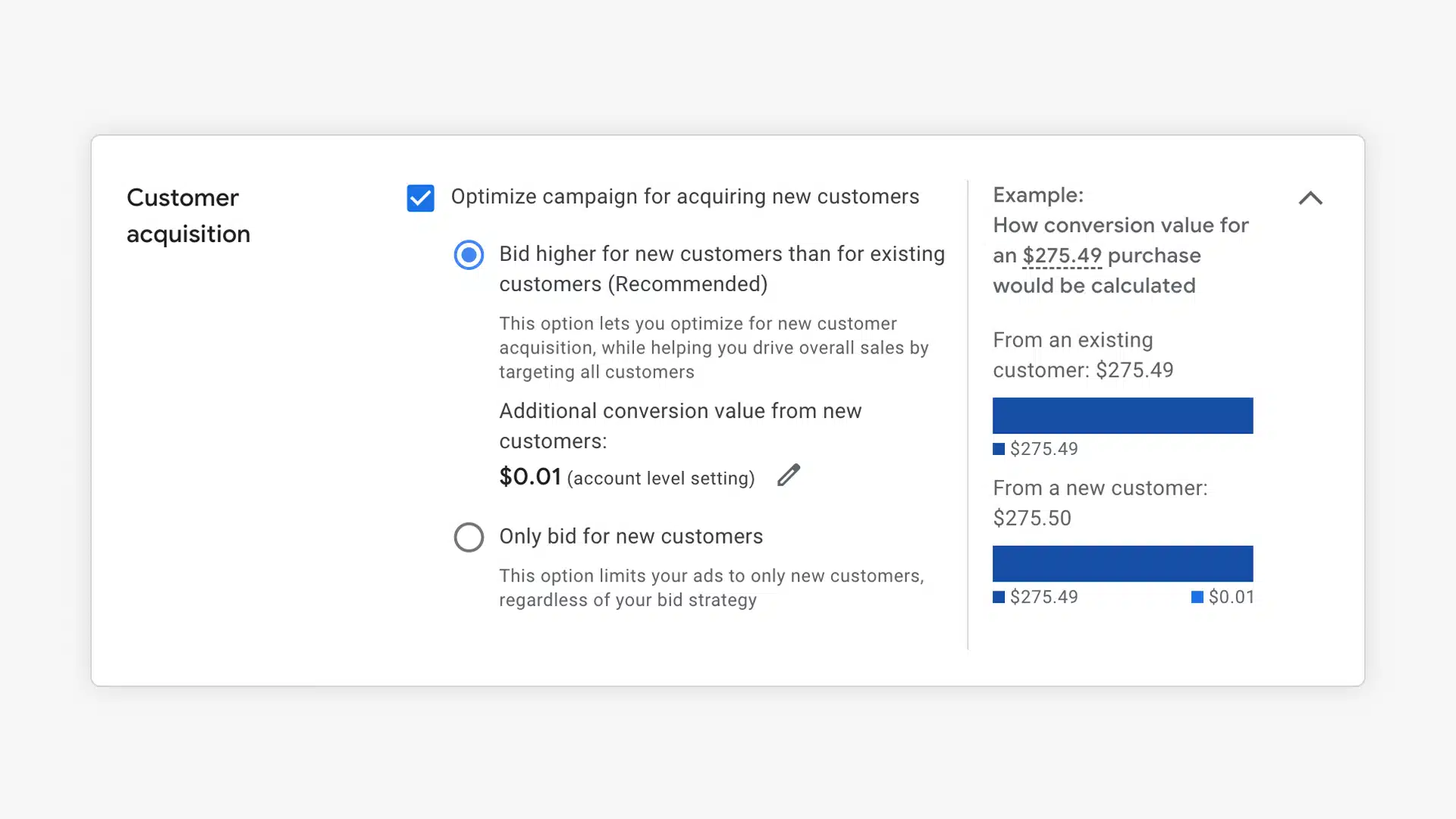
Leverage Negative Keywords
While PMax automates targeting, negative keywords can still be valuable. Identify irrelevant search terms that might trigger your ads and exclude them to prevent wasted spend on unqualified clicks. Currently, you can only apply negative keywords at the campaign level on PMax campaigns, though we are hoping this will change in the near future!
Monitor Performance
While PMax ads excel in automation, don’t set your PMax campaigns and forget them! Regularly monitor their performance, analyse key metrics like conversions and cost-per-acquisition (CPA), and make adjustments as needed. We advise pairing your PMax campaigns with Google Analytics, your CRM programs or offline conversion tracking.
Patience is Key
Remember, PMax campaigns require time for the machine learning algorithms to learn and optimise according to data from your audience signals. Don’t expect overnight results. It generally takes around 1 to 2 weeks to start seeing results and then making adjustments based on performance.
Troubleshooting Your PMax Campaigns
IssuePossible CausesSolutionsIrrelevant Ad PlacementsInaccurate audience signalsReview and refine audience signals to better reflect your target audience.Utilise negative keywords to exclude irrelevant search terms that might trigger your ads.Underperforming AssetsLow-quality assetsAnalyse asset reports to identify underperformers. Experiment with different variations of images, headlines, and descriptions.Ensure your assets are high-quality, visually appealing, and relevant to your target audience.Difficulty Measuring PerformanceLimited reporting data within PMaxUse Google Analytics in conjunction with PMax to gain a more comprehensive view of user behaviour and conversion paths.Utilise UTM parameters within your landing pages to track specific ad campaign performance within Google Analytics.
What We’d Like To See In The Future
Performance Max is a great tool for advertisers looking to reach a wider audience and drive conversions at various touchpoints. However there are still some things, we as marketers, would love to see to address its weak points. Here’s our wish list for PMax Campaigns in 2024:
- Account-level negative keywords
- More detailed reporting and audience targeting options
- Automated budget allocations
- Improved AI video (its capabilities are very basic at present)
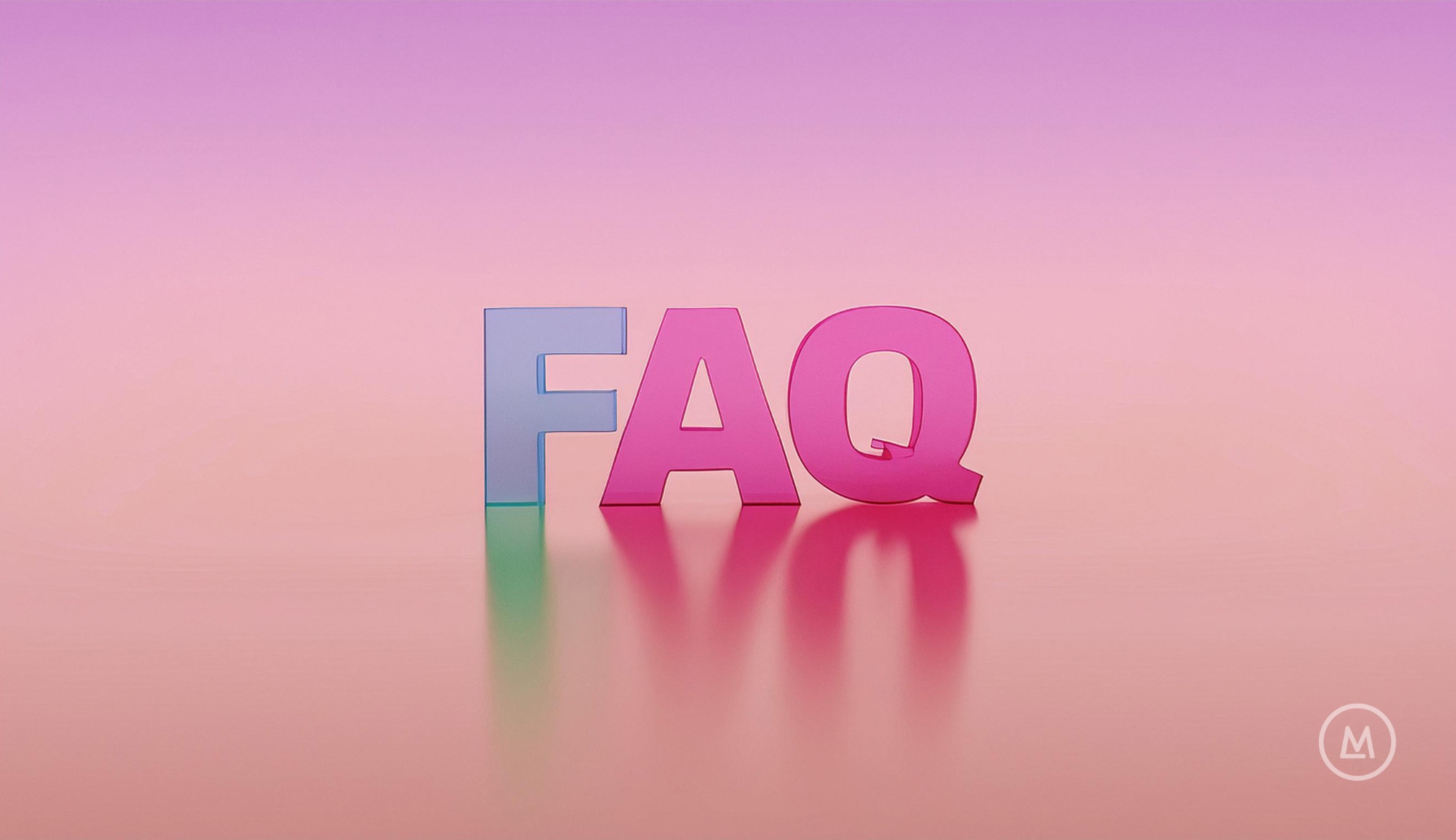
Frequently Asked Questions
By understanding these common questions and concerns, you’ll be better equipped to decide if Performance Max campaigns are the right fit for your advertising strategy. The next section will provide some concluding remarks to solidify your learnings.
Can I use Performance Max campaigns for brand awareness?
While PMax can be optimised for various goals, it might not be the most effective choice for pure brand awareness campaigns. PMax excels at driving conversions and works best with clear conversion goals in mind. Consider exploring traditional Search Network with Display Select (SNDS) campaigns or video campaigns specifically focused on brand awareness objectives.
I don't have a lot of experience with Google Ads. Is PMax a good option for beginners?
For beginners with limited experience in Google Ads, PMax can offer a streamlined approach. Especially when compared to standard Search Ads which are a lot more involved when it comes to playing with audience segments. However, it’s still important to understand the core functionalities of Google Ads before diving into PMax. Consider starting with simpler campaign types like Display Ads to gain a foundational understanding of keyword targeting, bidding strategies, and campaign management.
How much control do I have over my Performance Max campaigns?
PMax prioritises automation, taking care of ad placement and targeting across various channels. This translates to less granular control compared to traditional campaigns. However, you can still influence targeting through audience signals and negative keywords. Additionally, you can create multiple PMax campaigns with specific goals and budgets for more control over your overall strategy.
What are the limitations of Performance Max reporting?
Currently, PMax reporting offers less detail compared to traditional campaigns. While you can track key metrics like conversions and cost-per-acquisition (CPA), in-depth breakdowns by placement or landing page might be limited. Utilise Google Analytics in conjunction with PMax to gain a more comprehensive view of user behaviour and campaign effectiveness.
How long does it take to see results with Performance Max campaigns?
PMax campaigns require time for the machine learning algorithms to learn and optimise. Be patient and allow the system to gather data for at least a few weeks before expecting significant results. Regular monitoring and adjustments based on performance are key to optimising your PMax campaigns over time.
Performance Max Campaigns for Business Growth
By harnessing the power of machine learning and automation, PMax campaigns can help businesses reach a wider audience, drive conversions, and ultimately achieve their marketing goals.
Here are some key takeaways to remember:
- PMax excels with larger budgets (but in our experience so far, not as large as Google recommends) and sufficient conversion volume.
- Clearly defined goals and a focus on conversions will optimise PMax performance.
- High-quality assets, diverse formats, and strong CTAs are crucial for success.
- Embrace PMax’s automation while strategically using negative keywords for control.
- Patience and ongoing monitoring are essential for optimal campaign performance.
At Lance Montana, we have extensive experience in leveraging PMax campaigns across diverse businesses and industries to deliver tangible results for our clients. Here are some case studies to give you an idea of how quickly PMax can boost your ROAS.
Case Study 1:
A Queensland-based boat trailer manufacturer started testing Performance Max campaigns in response to lacklustre results seen from Google Display ads. The main goal of the campaign was to increase phone calls to the business, as inbound traffic had been quiet for some time leading up to the decision to test the new campaign strategy.
In the 30 days following reallocating budget from Google Display into Performance Max, for the same budget spend, an impressive increase in performance was seen across the board, including:
- 132.9% increase in conversions
- 8.98% increase in impressions
- 283.36% increase in website traffic
- 76.57% decrease in average CPC
- 251.77% increase in average CTR
Case Study 2:
A reputable rug company based in Brisbane is closing down, and approached Lance Montana to put together an advertising strategy to assist in clearing out all existing stock. The main goal of the campaign was to drive sales, however these sales predominantly needed to be pushed in-store as not all stock was listed online, and the in-store discount was larger.
Because of this, a major part of the advertising strategy was a Performance Max campaign, focusing on driving foot traffic into the store.
To date, the campaign has seen some incredible results, including:
- 1,386 recorded conversions in the first 60 days
- 2.68% average conversion rate
- $0.48 average CPC (compared to $3.36 in the Search campaign)
- $1.40 average cost per conversion (compared to $11.32 seen in Search campaign)
The client also saw an increase in revenue of 125% in the first month of the Performance Max campaign compared to previous months of advertising with Search campaigns.
Harness the Full Potential of PMax Campaigns with Marketing Experts
Not ready to tackle the beast by yourself just yet? We understand. Get in touch with the team at Lance Montana, we’ll conduct a comprehensive digital ads audit and implement best practices to help you reach your goals.
